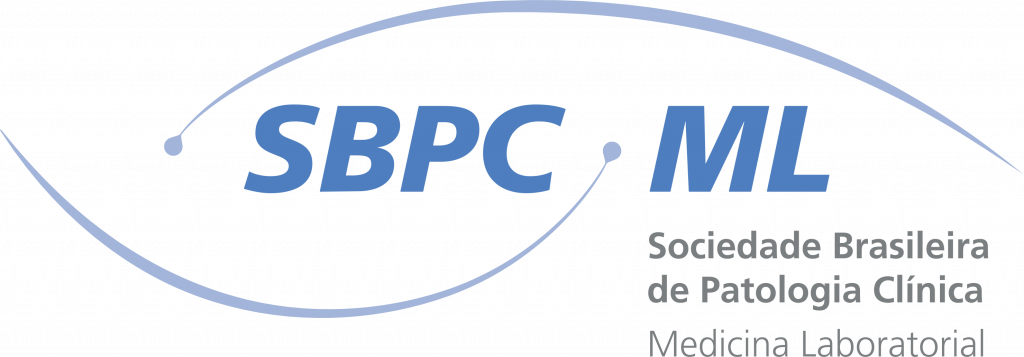
 CONHEÇA OS INDICADORES LABORATORIAIS
CONHEÇA OS INDICADORES LABORATORIAIS
_
Get to know Metricare's work
We provide data and information that guide the best strategic and operational decisions in favor of competitive and collective knowledge and intelligence.
We take care of those who care for collective health and well-being, contributing with our excellence in data, metrics, and insights.
Team
We are a multidisciplinary team, and we take precise care of everything we do. Because we don’t do it just for ourselves. We mobilize intelligence and energy for collective health and well-being.
Transforms the way health data is managed
Guided by data and, primarily, by its uses and applications, Metricare promotes security from strategy to operation.
We are a reference in data analysis and comparison, contributing to the efficiency of operations and better results for patients, positively impacting the sustainability of the healthcare sector.
We offer customized solutions for various segments, addressing the specific needs of each sector. Our team of experts is available to discuss your needs and help you transform data into strategic information.
Cost Reduction and Increased Efficiency
If you’re looking for powerful insights to boost your results, you need to be acquainted with the indispensable performance metrics of the recollect indicator.
Data analyzed with impartiality and security
We operate as a third-party company, providing impartiality and confidentiality to the reported data.
We follow an integrated ethical & compliance code of conduct aligned with national and international laws for the overall protection of data.
Expert support
Our experts guide the use of the platform and the application of data.
Governance
We provide healthcare data to support evidence-based decision-making. Our values are based on integrity, technology, service excellence, and collaboration. We follow scientifically validated best practices and have a collaborative, ethical, and transparent governance with stakeholders, including technical committees with partner institutions.
We connect people and knowledge, building relationships of trust and credibility.
Want to be a partner? Contact Us
Partner Institutions
As new scientific and technological knowledge advances, the use of indicators becomes essential to identify, monitor, assess, and support decision-making in healthcare. Metricare points the way and helps institutions achieve excellence in decision-making.
Partner Companies
To reduce the complexity of data collection and the possibility of errors in information provision, several technology companies are partners with Metricare. They integrate their systems with the platform, promoting more reliability and standardization in the reported data.
Benchmarking powered indicators
The organization’s performance is compared with the performance of its peers.
This comparison helps identify opportunities for improvement and keep the organization competitive.
Agility in decision-making
Our accurate data drives agile and informed decision-making, resulting in waste reduction, increased revenue, and greater customer satisfaction.
Por que Metricare?
CONFIRA OS RESULTADOS NA PRÁTICa
LabVW revela o valor da gestão comparativa de indicadores
Diretora-técnica do estabelecimento, Adriana Sendrez, ressaltou a transformação positiva que Metricare promoveu aos resultados da instituição.














